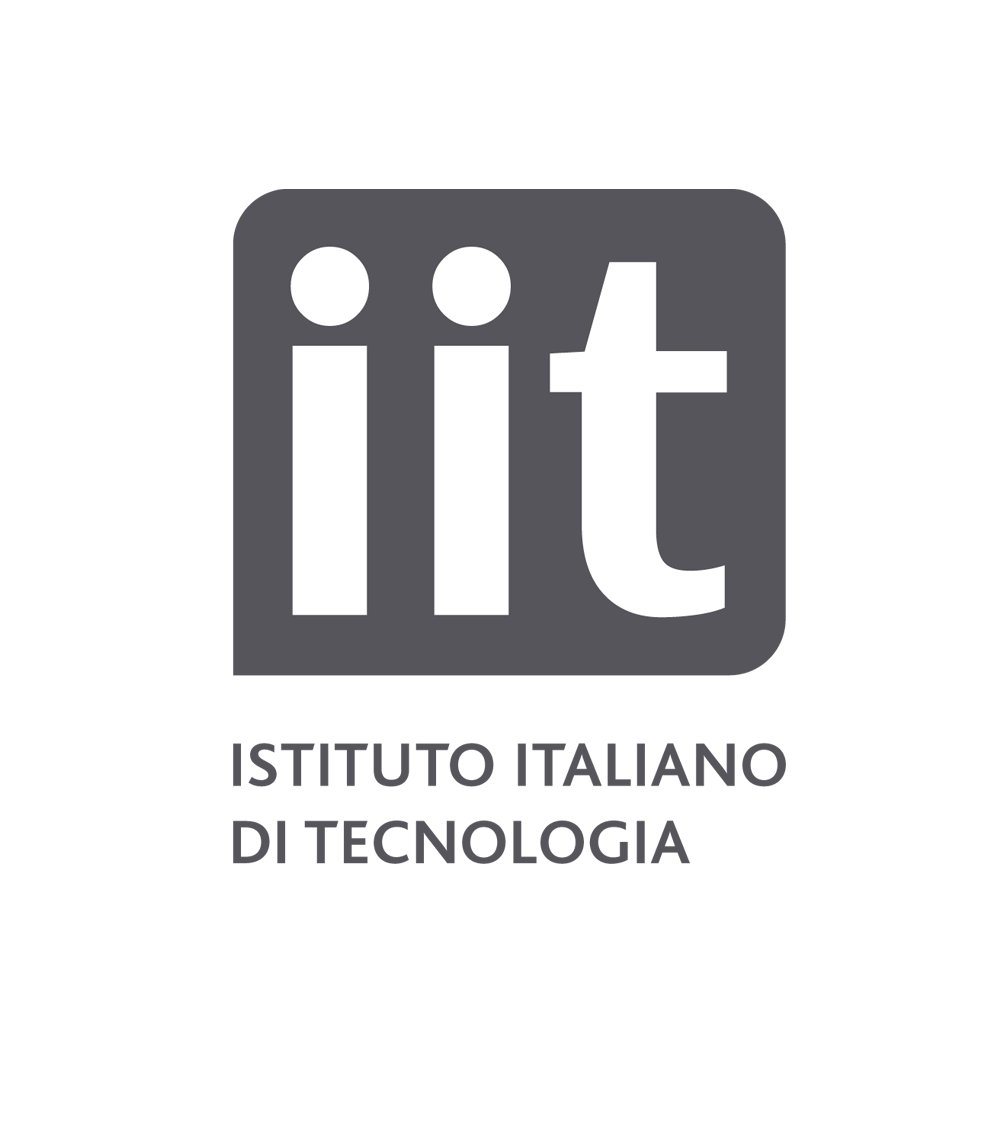I have experience in the development and application of computational algorithms in the field of proteins in aqueous solution. Since my PhD, I have been programming many different codes in Fortran, C++ or bash for the description of the structural dynamics of proteins. In collaboration with Prof.Laio (SISSA, Italy), I have developed the algorithm for the design of nanobodies as binders of protein targets. My background in chemistry, computational chemistry and biophysics applied to protein systems offers me the unique opportunity to cover a wide range of problems and applications in the research field of proteins. My research goes through the study of vibrational relaxation of peptides (Murcia), the protein folding (Lisbon), and protein-protein interaction (Italy). Therefore, my expertise is often required in my work for disentangle this intriguing triangular relationship among dynamics-structure-function that regulates the biological role of proteins. In the present, I am carrying on new projects in Genova, always in the field of protein biophysics and medicine, while I continue my collaboration in the protein design field. On one hand, I am working in a project for the development of broad-spectrum vaccines for Dengue and Zika in collaboration with Dr. Burrone (ICGEB) based on the in silico design of anti-idiotypic antibodies, which has been awarded in the 19th PRACE call. Moreover, I am currently broadening my knowledge in computational structural biology within the project in collaboration with the Institute of Cancer Research (UK) focused on the study of mechanisms for the regulation of the activity of protein cancer targets.
Miguel Angel Soler Bastida
Research Scolar
Affiliated ResearcherComputational mOdelling of NanosCalE and bioPhysical sysTems
Address
Via Melen – 83, B Block, 16152 - Genova, Italy
Research center
CHT@Erzelli
About
Colleagues of Computational mOdelling of NanosCalE and bioPhysical sysTems
